Landlord Liability Insurance FAQ
—
How Does Liability Insurance Protect Rental Property Owners?
The coverage is only as good as the policy. Owners of rental property should purchase a comprehensive landlord insurance policy that offers broad protection against natural and “manmade” threats.
Landlord liability insurance commonly covers property damage and lost rental income from natural phenomena such as fire, floods and lightning, but you need to be clear about what is and is not covered. Landlord insurance should also cover losses from burglary, vandalism and other intentional acts, including malicious damage by renters. And last but not least, rental property insurance should cover legal fees and other costs of defending against premises liability lawsuits and other personal injury claims.
Key considerations when choosing landlord insurance:
- Beyond personal injury, the policy should protect the owner against claims by tenants or visitors for discrimination, unlawful eviction, and other torts.
- The policy should insure all vehicles relating to maintenance and supervision of the rental property.
- Don’t skimp on coverage. The policy should reflect the property value and rental income.
- Be crystal clear on whether your policy covers negligence or acts of property managers (employees or third-party management).
What Does Renter’s Insurance Cover?
While tenants may not have as much at stake financially as property owners, they also need insurance – especially tenants with expensive personal belongings. Tenant losses from fire or theft are not covered by the landlord’s insurance.
The average renter’s policy covers tenants against losses to their belongings occurring as a result of fire and theft, up to the amount stated on the face of the policy, such as $25,000 or $50,000.
Most renter policies include deductible amounts of $250 or $500. This means that if a tenant’s apartment is burglarized, the insurance company will pay only for the amount of the loss over and above the deductible amount.
In addition to fire and theft, most renter’s policies include personal liability coverage ($100,000 is a typical amount) for injuries or damage caused by the tenant – for example, if a tenant’s garden hose floods the neighbor’s cactus garden, or a tenant’s guest is injured on the rental property due to the tenant’s negligence.
Renter’s insurance is a package of several types of insurance designed to cover tenants for more than one risk. Each insurance company’s package will be slightly different – types of coverage offered, exclusions, the dollar amounts specified and the deductible will all vary. Tenants who live in a flood or earthquake-prone area will need to pay extra for coverage. Policies covering flood and earthquake damage can be hard to find; tenants should shop around until they find the type of coverage that they need.


